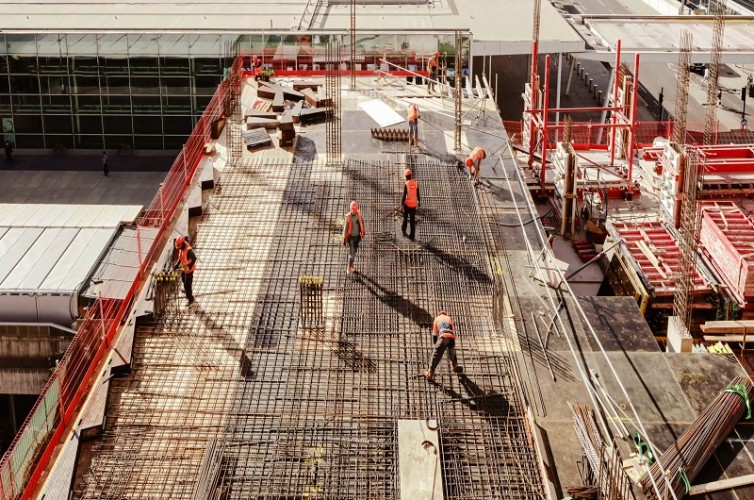On which types of foundations can machines be placed?

On which types of foundations can machines be placed?
Foundations for machinery are designed to transfer static and dynamic loads generated during operation to the ground. According to building regulations, they are treated as a separate structure, even if they are located inside a building. What foundations are used for machinery?
Types of foundations for machinery
The first type is block foundations, which take the form of a regular-shaped block. They can have cut-outs, recesses and holes for machine attachment and cable routing. Due to their high rigidity, they are the most commonly used. They can be divided into open and closed box foundations. They are used primarily for the foundation of reciprocating machinery, electric motors, pumps, fans, compressor die hammers and compressors. The second group are frame foundations. They consist of a solid bottom plate on which transverse frames are placed, stiffened by longitudinal beams and the top plate of the foundation. The machine is attached to the foundation thus constructed. The cables run in the space between the columns. This is an excellent form of foundation for turbochargers, turbocompressors, converters and other rotating machines with a smaller force than reciprocating machines.
Division of foundations used for machinery
Direct and indirect foundations are used to minimise loads. The former group includes foundation blocks, boxes, grates and other solutions, and the latter mainly includes piles and wells. However, masonry and steel structures can also be found. The choice of a particular type depends on the specifics of the machine and the vibrations it generates. There are devices inducing:
- single pulses,
- serial pulses,
- centrifugal forces,
- breaking motions,
- crushing movements,
- reciprocating movements.
In addition, vibration isolation is used, which can reduce the transmission of vibrations to the ground, as well as to other machinery and equipment.
Materials used for foundations
Brick or stone masonry foundations currently have no logical use. Concrete without reinforcement is mainly used under small machines with low forces acting on the ground. However, because of the possibility of cavities that may increase over time, structural surface reinforcement of bars or possibly profile steel is used. In most cases, machine foundations are made of concrete of grade C20/25. The concrete should be homogeneous and free of porous areas and crawls. Reinforcement serves not only to transfer tensile stresses, but also to prevent shrinkage cracks, which contribute to changes in the stiffness and inertia of the system.
Other factors influencing vibrations
The foundation positioning is determined by the machine supplier's disposition drawings, the type of foundation and its design, the dynamic loads, the foundation of neighbouring foundations and channels and the geotechnical conditions. Vibrations are best transmitted by hard rock and hydrated loose soils (dusty ground). The highest damping coefficient can be achieved with compact sands and clays in a dry or slightly moist state. The foundation must be designed so that the centre of gravity of the machine and the installations based on it and other fixed loads are in a straight line passing through the centre of gravity of the base.